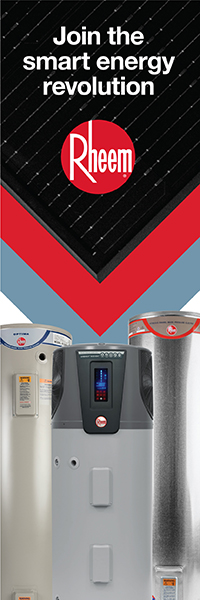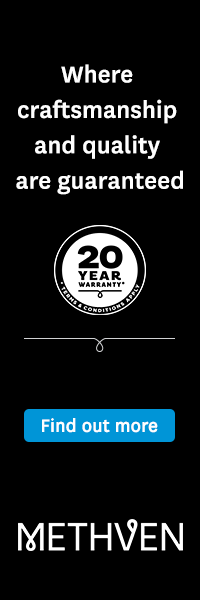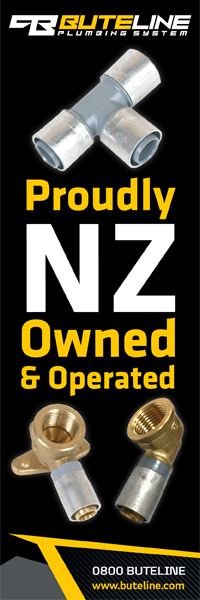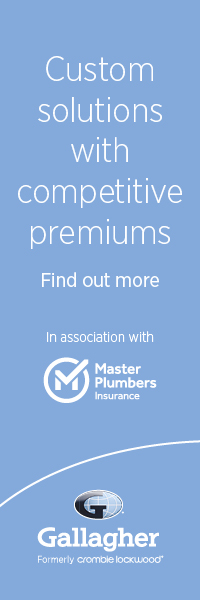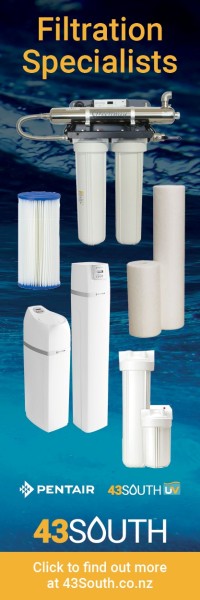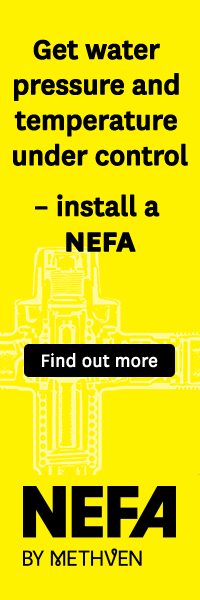Drinking water - Supply safety
11 January 2023
 Those who supply more than one building with drinking water from roof, spring, bore or mixed use rural sources now have Acceptable Solutions they may be able to use to comply with the Water Services Act 2021.
Those who supply more than one building with drinking water from roof, spring, bore or mixed use rural sources now have Acceptable Solutions they may be able to use to comply with the Water Services Act 2021.
Plumbers, particularly in rural areas, should make sure they’re familiar with three new Acceptable Solutions for use by certain types of drinking water suppliers.
The Drinking Water Acceptable Solutions, which came into effect on 14 November, apply to:
- Roof Water Supplies
- Spring and Bore Drinking Water Supplies
- Mixed Use Rural Water Supplies.
This may include supplies to farms, schools, community housing schemes, maraes, and multiple buildings connected to one supply. Those supplying neighbouring properties should also be aware of their obligations. A single residential household, ie domestic selfsupply, is not classified as a small drinking water supplier.
“Ready-made option”
Water services regulator Taumata Arowai says the Acceptable Solutions provide these types of drinking water suppliers with a “ready-made option” to meet their compliance obligations under the Water Services Act 2021 (the Act).
A supplier who falls into one of these categories and who complies with the Acceptable Solution in its entirety does not need to prepare a drinking water safety or source water risk management plan, as other suppliers are required to do.
End-point treatment and backflow prevention
Under the Act, a water treatment system must be used on drinking water supplies from roof, spring, bore and mixed use rural. Water monitoring and testing requirements are outlined in the
Acceptable Solutions.
The design and construction of the water treatment system must also prevent backflow into the water supply system.
It may be necessary to use an ‘NSF Class A’ or equivalent UV end-point system and other specialised equipment for treatment and monitoring,” says Guy Bowker of water treatment specialists Taylor Purification. “The Acceptable Solutions also allow ‘grandfathering’ of some existing UV systems, provided certain criteria are met.
We suggest plumbers continue to make their customers aware of the changing requirements. Water suppliers should take action now to understand their water quality, assess their current treatment equipment, and develop a plan for compliance.
“Taylor Purification is available to discuss suppliers’ needs and provide help.”
Three Waters is getting a lot of media attention regarding municipal and council supplies (‘town water’). This article, however, focuses on the requirements for all drinking water suppliers. These requirements are now published and here to stay.
Key dates
| 14 November 2022 | Acceptable Solutions commence |
| November 2025 | Final date for unregistered small suppliers to be registered |
| November 2028 | All drinking water suppliers to be fully compliant. |
The Bigger Picture
Taumata Arowai is the new water services regulator for Aotearoa New Zealand. It is responsible for developing the rules, standards and acceptable solutions that help it administer the Water Services Act 2021 and ensure safe drinking water.
New Drinking Water Standards, Drinking Water Quality Assurance Rules, Aesthetic Values and Acceptable Solutions have been published, following public consultation, and all came into effect on 14 November 2022, with a transition period for full compliance by November 2028.
Understanding the population the drinking water supplier serves helps to understand the requirements, with Acceptable Solutions being available for populations of fewer than 500 people.
Suppliers will need to comply with the Drinking Water Quality Assurance Rules or implement an Acceptable Solution, if applicable (see main article), by the dates in the table below. “Although there is a relatively generous transition time for suppliers who are currently unregistered, there is still a responsibility to supply safe (‘potable’) drinking water right now,” says Guy Bowker of water treatment specialists Taylor Purification. “Those investing in water treatment systems now should be mindful of implementing a solution that will be acceptable under the new requirements.”







